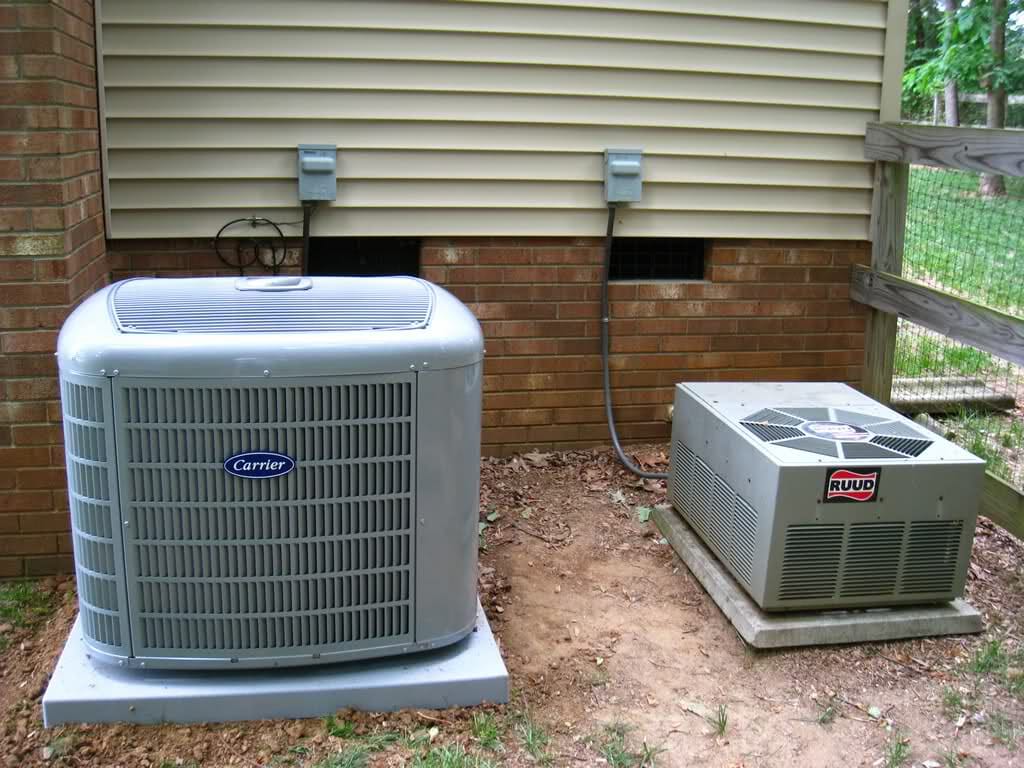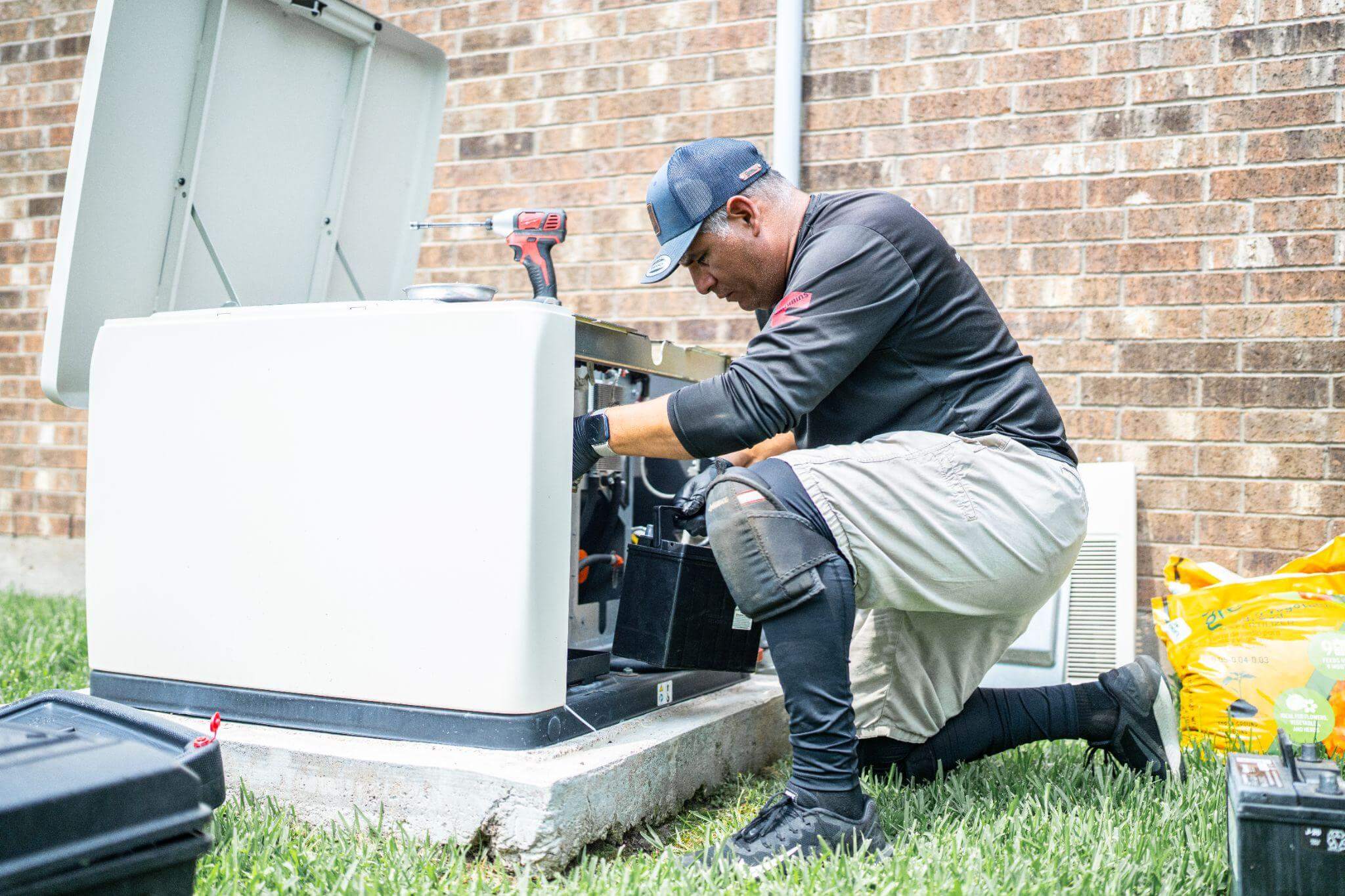Are you doing a insulation project?
Modernize can pair you with three to four pros in your area, so you can compare options and save time and money.
Save Money With 2025 Tax Credits for Insulation
Upgrading your home’s insulation is a smart move to enhance comfort and reduce energy bills. Thanks to federal tax incentives available through 2032, making your home more energy-efficient is more affordable than ever. Here’s what you need to know to take advantage of these insulation tax credits in 2025.
What Are the Tax Credits for Insulation?
Claim Up to 30% Back on Qualifying Products
The federal government offers tax credits for homeowners who make energy-efficient upgrades. If you install qualifying insulation products between January 1, 2023, and December 31, 2032, you may be eligible to claim 30% of the product costs, up to $1,200 annually.
Bonus: Add an energy audit to your project and you can claim an extra $150.
No Lifetime Limits
One of the biggest perks? There are no lifetime limits on these tax credits. That means you can continue making upgrades year after year and claim the credit each time — as long as each improvement qualifies.

What Qualifies for Insulation Tax Credits?
Most bulk insulation products qualify for the tax credit, including:
- Batts and rolls
- Blown-in fibers
- Rigid foam boards
- Expanding spray foam
- Pour-in-place insulation
Air sealing materials like caulk, spray foam, weather stripping, and house wrap are also eligible.
What’s Not Covered
Insulation installation costs aren’t covered. Only the product cost counts toward your tax credit. Also, new homes don’t qualify; the credit is only for existing homes.
Who Can Claim Tax Credits for Insulation?
To qualify, the home must:
Find the Right Contractor for Your insulation Project
Whether you’re ready to begin your project now or need some expert advice, our network of contractors are here to help. With a few simple questions, we’ll find the best local professionals for you
- Be located in the U.S.
- Be an existing structure (not new construction)
- Act as the taxpayer’s main residence
You must own the home you’re claiming the credit for. It can be your primary residence or a second home, but not a rental property.
Qualifying Home Types
You can claim the credit for a variety of housing types, including:
- Single-family homes
- Mobile homes
- Houseboats
- Condos or cooperative apartments
- Manufactured homes
How Much Can You Save With Tax Credits for Insulation?
You can claim up to:
- $1,200 annually for “home envelope improvements” like insulation, air sealing, windows, and doors
- $2,000 for qualified heating equipment (like heat pumps), which is separate from insulation credits
Total maximum per year: $3,200, depending on what you upgrade.
Example Scenario
If you spend $4,000 on insulation materials and air sealing, you can claim $1,200 back on your taxes for that year.
How to Claim Tax Credits for Insulation
- Confirm eligibility: Ensure the insulation or air sealing products you use meet ENERGY STAR requirements.
- Keep your records: Retain receipts and documentation of your purchases.
- File IRS Form 5695: Include it when filing your federal tax return for the year the insulation was installed.
What’s New for 2025 When Claiming the Insulation Tax Credit
Starting in 2025, the IRS has introduced a new requirement for claiming the Energy Efficient Home Improvement Tax Credit. Manufacturers of eligible products must now establish a unique four-digit Qualified Manufacturer (QM) code. When filing your 2025 tax return, you’ll need to include this QM code to associate your purchase with the tax credit claim. This change aims to streamline the verification process and ensure that only qualified products receive the credit.
For insulation and air sealing materials, it’s essential to ensure that the products you purchase come from manufacturers who have obtained a QM code. This code should be provided by the manufacturer and included in your documentation when filing IRS Form 5695. Keep in mind that this requirement applies to products installed in 2025 and beyond.
Note: Costs are approximate and can vary based on location and installation specifics.
Additional Rebates and Incentives
Beyond federal tax credits, many local utilities and state programs offer rebates for energy-efficient upgrades. Visit www.dsireusa.org to find incentives available in your area.
Find the Right Contractor for Your insulation Project
Whether you’re ready to begin your project now or need some expert advice, our network of contractors are here to help. With a few simple questions, we’ll find the best local professionals for you
Reviews from Real Homeowners
Welcome to Homeowner Resources! We are the Modernize blog. Modernize pairs more than 3 million homeowners a year with pre-vetted contractors in their area. This blog started because we believe homeowners should know everything about their homes, from how their HVAC works to which front door colors they might love. On Homeowner Resources, you can find information on every part of your home, right down to how you can negotiate with contractors to get the best price. Here's more about the blog.
Need a contractor? Learn more about how Modernize finds the right pro for you.



